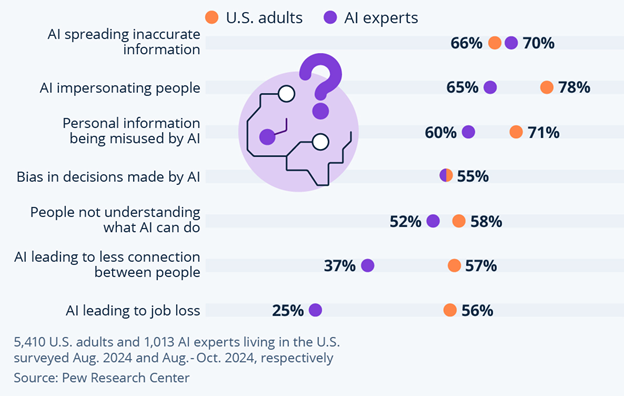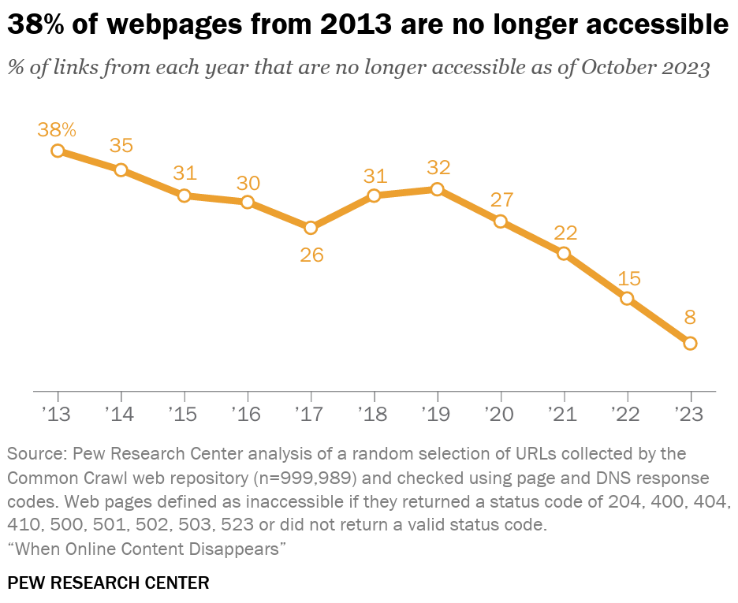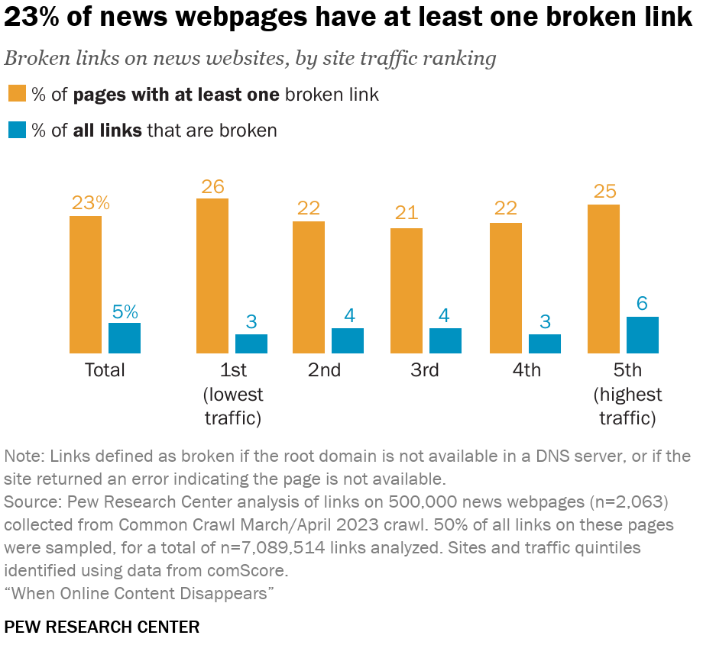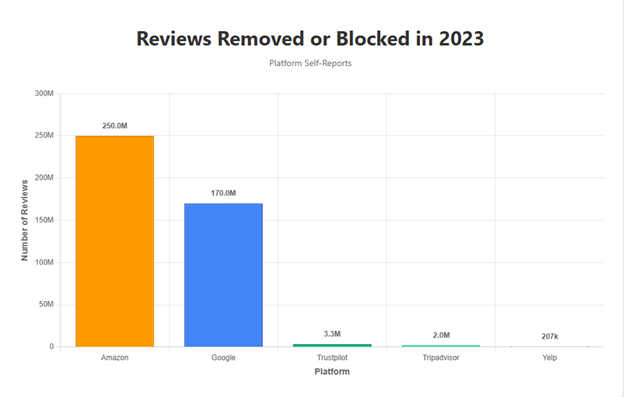From sock puppets to “witnesses”
Start with a textbook case: the Internet Research Agency’s fabricated persona “Jenna Abrams,” a right-leaning “American” who amassed tens of thousands of followers and kept getting quoted by mainstream outlets before researchers unmasked her as an operation of Russia’s troll farm. In a U.S. Senate hearing, experts testified that the Abrams persona was cited by over 40 U.S. journalists, a measure of how easily an invented “ordinary person” can infiltrate respectable discourse. [1]
Contemporaneous reporting captured how “Abrams” was designed for credibility: a familiar, conversational register; hot-button topics; and a steady trickle of micro-opinions that read like personal diary entries rather than propaganda. That presentation, i.e., micro-memoir rather than manifesto, proved irresistible to both audiences and newsrooms scanning social feeds for “voices from the crowd.” [2]
A second canonical playbook is Secondary Infektion, documented by Graphika: a years-long operation that produced at least 2,500 pieces of content in seven languages across 300+ platforms, often built around forged “leaked” documents. Its hallmark was the single-use burner account: create a throwaway persona, post once in a first-person register (or publish a forged memo), then vanish, becoming hard to attribute, easy to launder into the wider web. [3]
Why synthetic testimony works
Facts can be checked; first-person texture is harder to audit. Across these campaigns, the most effective posts didn’t bludgeon readers with data. They sounded like a neighbor: a photo at a rally, a quick “I just talked to a nurse…,” a tired joke from a night shift. That tone tricks humans’ default trust in lived experience and our bias toward narrative coherence. By the time reporters or platforms ask for provenance, the style of witness has already done its persuasive work.

Fig.1: People are worried more about misinformation and AI fake “identities” than job losses. Survey results from Pew Research Center [4]
In practice, vetting identity is a different discipline from vetting facts. Publications may verify that a claim could be true (no obvious contradictions) while failing to verify that the speaker exists, or exists as claimed. Disinformation operators exploit that asymmetry with cheap, disposable “witnesses.”
The historical record is evolving under pressure
Skepticism about photos and audio used to be a niche skill. It’s now table stakes. Consider the New Hampshire “Biden” robocall in January 2024, where an AI-cloned voice told voters to stay home. The incident led to proposed and then enacted penalties and fines, including a $6 million FCC fine against the political consultant behind it and enforcement actions against the carrier that transmitted the calls. The FCC has since moved to ban AI voices in robocalls altogether. These are early, dramatic signals that sound itself is no longer straightforward evidence [5], and that society needs to adapt, recognizing that sound, like text and image before it, now requires authentication.
But here’s the deeper challenge: even if you successfully debunk a synthetic witness today, tomorrow’s researchers may not be able to see what you saw. Link rot and content drift are all over the web. A major 2024 Pew study found that a quarter of all webpages that existed at some point between 2013 and 2023 are no longer accessible; for pages from 2013, 38% have disappeared. Among news sites, 23% of pages contain at least one broken link; more than half of English Wikipedia articles have at least one dead reference. Put plainly, our citations are evaporating. [6]


Fig 2a & b: Percentage of pages from 2013 that are no longer accessible and percentage of news webpages that have at least one broken link. [6]
The problem predates AI. Harvard researchers documented “reference rot” years ago. Around 50% of URLs in U.S. Supreme Court opinions and >70% in top law journals no longer point to the originally cited content. AI-assisted disinformation just accelerates the stakes: we’re not only archiving truth imperfectly; we’re archiving fabrications that were designed to look like lived truth. [7]
The new flood of “testimonials”
Text, our most verifiable medium, has become the latest frontier in the battle for authenticity. The scale is immense. Amazon reported blocking more than 250 million suspected fake reviews in 2023, a reminder of how easily the everyday “I used this” narrative can be manipulated. U.S. regulators have followed with a formal ban on the sale and purchase of fake reviews, including AI-generated ones, with meaningful penalties per violation. [8]

Fig.3: Reviews removed or blocked in 2023 (platform self-reports). Amazon: 250M; Google: 170M; Trustpilot: 3.3M; Tripadvisor: 2.0M+; Yelp: 207k. Sources: Amazon policy update, Google Maps blog, Trustpilot Transparency Report 2024, Tripadvisor “2023 Review Fraud Trends”, and Yelp 2023 Trust & Safety Report; figures are not strictly comparable because each platform defines violations differently.
The challenge ahead is to ensure that truth leaves a lasting trace. Even as synthetic witnesses appear and vanish, researchers, archivists, and technologists are building tools to preserve the record, from verified digital provenance to decentralized archives that resist deletion. What once looked like an archive of ghosts can become a more transparent, traceable network of voices — one where authenticity is not assumed, but continually earned and reinforced.
Digital Humanities to rescue
Digital Humanities have spent decades building methods for born-digital cultural heritage. This moment calls for that toolkit.
- Source criticism for identities, not just claims. Treat online testimony as a primary source whose provenance must be described. When you quote a “person on the scene,” record how you verified that the speaker is a continuous, human-operated identity with social ties and a history. Separate your notes on identity from your notes on factual claims. This is a basic historical method applied to profiles and handles.
- Aggressive archiving and paradata. Before you analyze or cite a volatile post or leak, capture it. Use the Internet Archive and, where appropriate for scholarship and legal contexts, Perma.cc. Store paradata about how you found the item, the context in which it appeared, and any transformations you applied. The goal is a reproducible path for future readers. [7]
- Edition building for the present. Think like an editor of a critical edition. Curate corpora of contested or consequential events with TEI-like metadata, timeline context, and provenance notes. Pair the stable archived capture with a live link and be explicit when only screenshots are available. The secondary literature on Secondary Infektion is a model here. Its value is not only attribution but traceable documentation of the content life cycle. [3]
- Stylometry and narrative analysis with caution. Stylometric signals can help surface clusters of coordination, but synthetic witnesses are increasingly style agile. Use stylistic clustering as triage, not as a final verdict, and document uncertainty. The practice of reporting model fit, feature choice, and caveats is a DH norm that belongs in this space.
- Pedagogy for narrative skepticism. DH classrooms have long taught students to read images, maps, and editions as arguments. Extend that habit to profiles and posts. Ask students to annotate a “witness” with identity provenance questions, not only factual checks. The aim is to recover testimony, not to dismiss it.
A closing image
Imagine a future historian assembling a day in 2024: a deepfaked robocall that sounded like a president; a now-deleted post by a “witness” who never existed; a broken link to a forensic debunk; a viral screenshot of a forged memo with no source. Without deliberate countermeasures, the library of our present will be shelved out of order, with missing pages and forged marginalia.
The antidote isn’t to give up on testimony, but to strengthen it. It’s to re-professionalize how we handle it: separate identity from claim, archive aggressively, reward provenance, and teach readers how to spot the rhetoric of synthetic witnesses. With intention and collaboration, the oldest tool of cultural memory, the human narrative can remain our most resilient defense against forgetting our history.
References
[1] U.S. Senate Select Committee on Intelligence. (2018). Open hearing on foreign influence operations’ use of social media platforms (Third party expert witnesses): Hearing before the Select Committee on Intelligence, United States Senate, One Hundred Fifteenth Congress, Second Session (S. Hrg. 115-307). U.S. Government Publishing Office. https://www.intelligence.senate.gov/sites/default/files/hearings/chrg-115shrg30959.pdf
[2] The Guardian. (2017, November 3). Jenna Abrams: the Trump-loving Twitter star who never really existed. https://www.theguardian.com/technology/shortcuts/2017/nov/03/jenna-abrams-the-trump-loving-twitter-star-who-never-really-existed
[3] Nimmo, B., François, C., Eib, C. S., Ronzaud, L., Ferreira, R., Hernon, C., & Kostelancik, T. (2020). Exposing Secondary Infektion. Graphika. https://secondaryinfektion.org/
[4] Statista. (2025, April 24). Infographic: AI experts share worry about misinformation, not job losses. https://www.statista.com/chart/34349/concerns-about-increased-use-of-ai/
[5] Sainato, M. (2024, May 23). Consultant behind deepfaked Biden robocall fined $6m as new charges filed. The Guardian. https://www.theguardian.com/us-news/article/2024/may/23/biden-robocall-indicted-primary
[6] Chapekis, A., Bestvater, S., Remy, E., & Rivero, G. (2024, May 17). When online content disappears. Pew Research Center. https://www.pewresearch.org/data-labs/2024/05/17/when-online-content-disappears/
[7] Zittrain, J., Albert, K., & Lessig, L. (2014). Perma: Scoping and addressing the problem of link and reference rot in legal citations. Legal Information Management, 14(2), 88-99. https://doi.org/10.1017/S1472669614000255
[8] Amazon (2025, October 8). Amazon’s latest actions against fake review brokers: Amazon and BBB join forces again to combat fake reviews. About Amazon. https://www.aboutamazon.com/news/policy-news-views/amazons-latest-actions-against-fake-review-brokers



